Fire – resistant glass is a special type of glass processed through a special process. It can maintain integrity and heat insulation during the specified fire – resistance test. It is mainly used to control the spread of fire, block smoke and high temperature, and gain time for personnel evacuation and fire rescue.



‣ Fire resistance duration: It refers to the maximum time (unit: minutes) that fire-resistant glass can maintain integrity and heat insulation during a standard fire test. 60min/90min/120min
‣ Fire resistance integrity: It refers to the ability of fire-resistant glass to prevent the penetration of flames, smoke, and high-temperature gases during a fire.
‣ Thermal radiation intensity: It refers to the amount of thermal radiation per unit area on the fire-exposed side of fire-resistant glass (unit: kW/m²), reflecting its heat insulation performance.
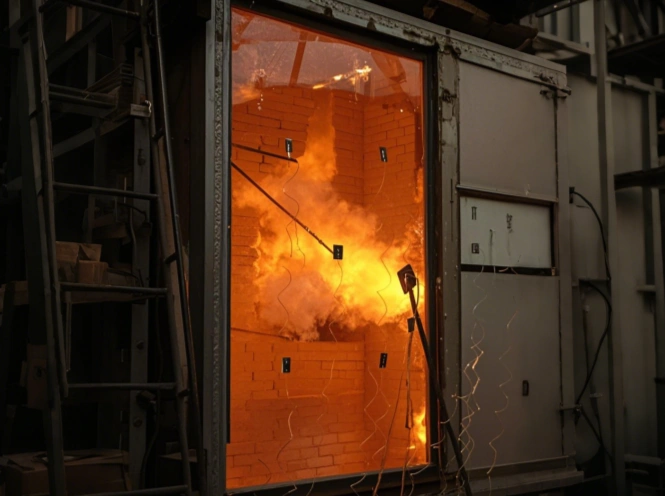
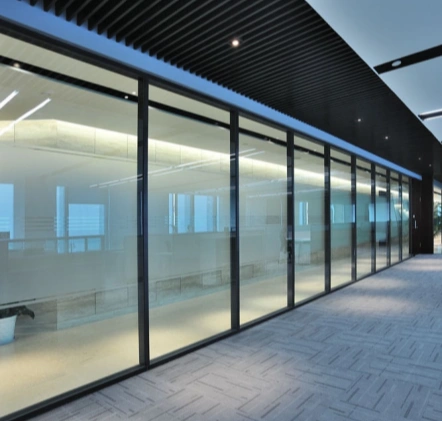
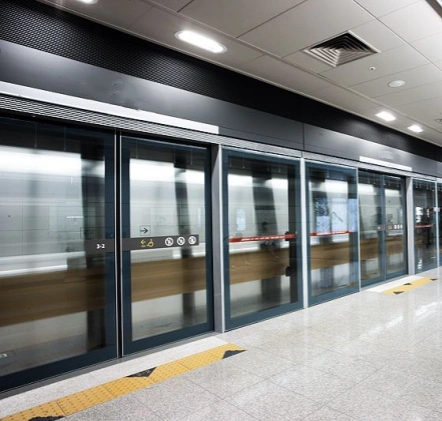
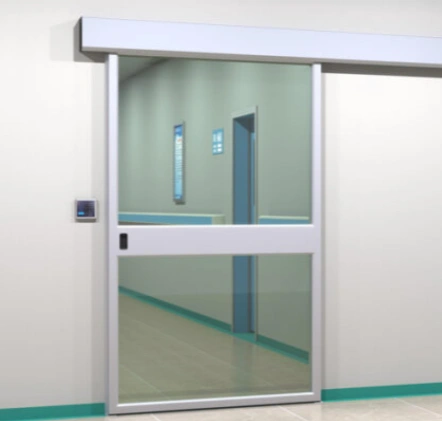
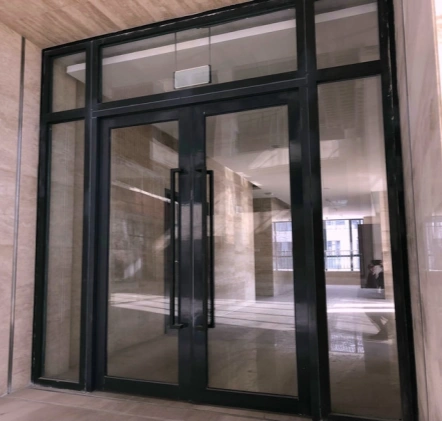
It is necessary to comprehensively evaluate the building height, the area of fire compartments, and the requirements of local fire protection codes.
Yes and no. Glass is not an ideal conductor of sound, so thicker glass generally makes it harder for sound to pass through. However, sound waves of specific frequencies can cause a “resonance phenomenon” with the glass. This phenomenon amplifies noise, and glass of any thickness has its own resonant frequency. Therefore, no matter how thick the glass is, there will always be a frequency at which the glass actually amplifies noise. This is why soundproof window systems often use two panes of glass of different thicknesses—to counteract each other’s resonant frequencies.
Experience the quality of GLASVUE glass firsthand with a complimentary sample tailored to your project requirements.
Let us design a glass solution that perfectly aligns with your unique architectural vision and technical specifications.
Access detailed technical data sheets for GLASVUE’s architectural glass products, including performance metrics and installation guidelines.
Gain inspiration from our curated collection of successful GLASVUE installations worldwide, showcasing innovative applications of architectural glass.
© All Copyright 2024 by GLASVUE | Privacy Policy